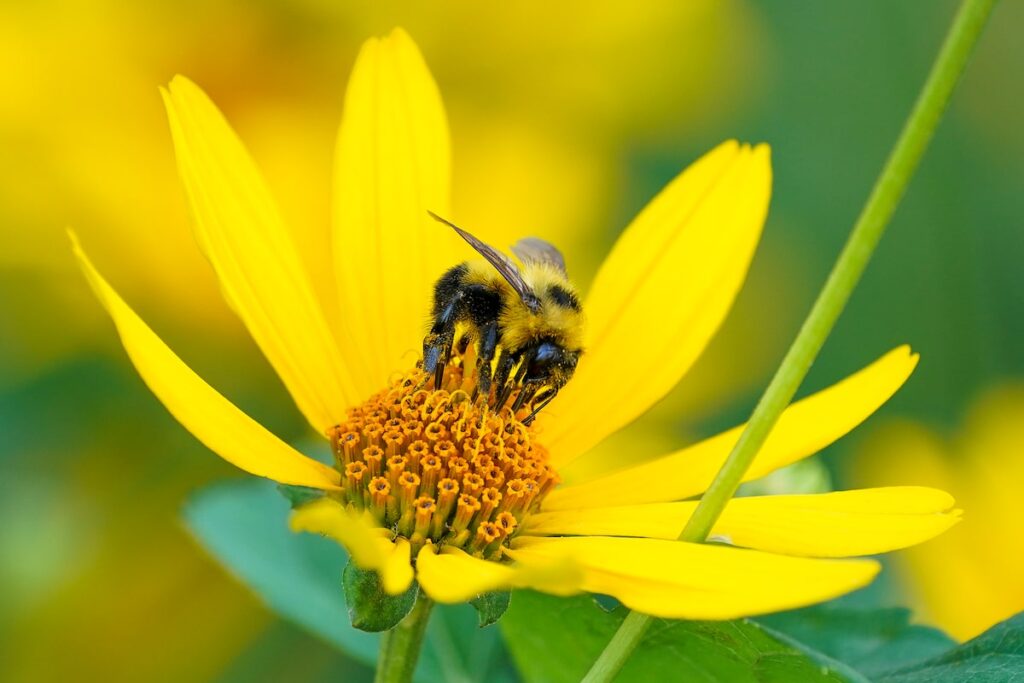A new report highlights concerning findings about pollinator species in North America, co-authored by Canadian researchers. It reveals that over 20% of the evaluated pollinator species are at risk of extinction, which poses a threat to food production and ecosystem health. The study, published in the Proceedings of the National Academy of Sciences, examined 759 pollinators in Canada and 1,579 in the U.S. Of those, 22.5% in the U.S. and 34.7% of the 472 bees studied in both countries are at risk.
Pollinators vital for the reproduction of many plants include honeybees, butterflies, moths, and even vertebrates like hummingbirds and bats. They contribute more than $15 billion to the North American food supply annually. While flower flies and beetles are relatively safe, all three bat species studied are at risk, and many hummingbird populations have declined.
The study emphasizes the importance of maintaining a diverse range of pollinators. Klymko explained that various plants require different pollinators for optimal pollination efficiency. The research found that while Canada has a lower average risk of pollinator extinction due to larger species distributions, some Canadian species are threatened due to specialized habitats in areas like southern Ontario and the Okanagan Valley.
The main threats identified include habitat loss, pesticide exposure, climate change, and disease. The report’s finding of over a fifth of species at risk was deemed particularly alarming by Klymko, who stressed the importance of these species for ecosystem sustainability.
Source link


